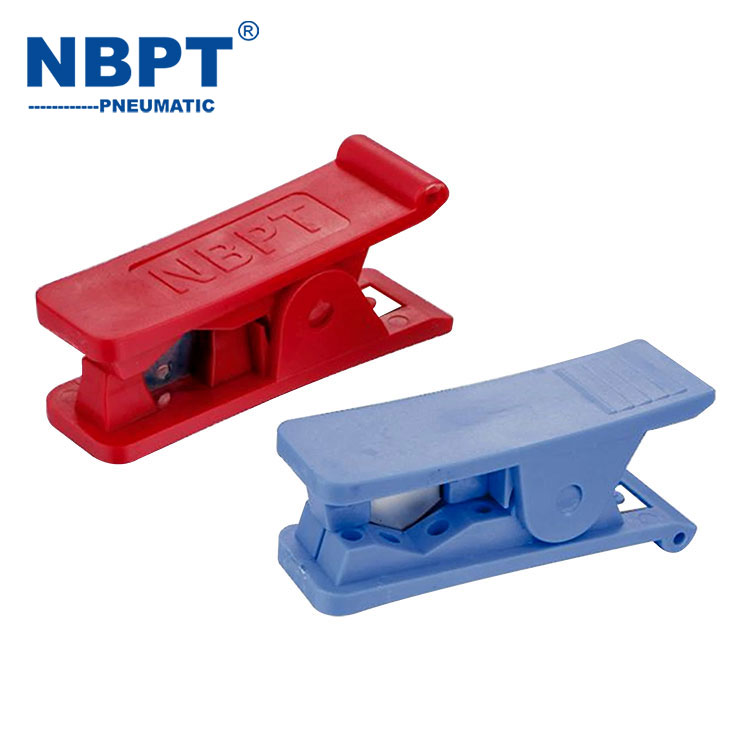Steps to Use a Pneumatic Parts Tube Cutter
2024-07-05
The use of a pneumatic parts tube cutter involves several steps to ensure accurate and safe operation. Here’s a general guide on how to use one:
Steps to Use a Pneumatic Parts Tube Cutter
1. Preparation:
- Safety Gear: Wear appropriate safety gear, including safety glasses, gloves, and hearing protection.
- Workspace: Ensure the workspace is clean and free of obstructions.
2. Set Up the Cutter:
- Air Supply: Connect the pneumatic tube cutter to an appropriate air supply. Ensure the air pressure is set to the manufacturer’s recommended level.
- Blade Selection: Choose the correct blade for the material you will be cutting. Different materials may require specific blades to achieve clean cuts.
3. Mark the Cut:
- Measurement: Measure and mark the tube where the cut is to be made. Use a marker or scribe to make a clear, visible line.
4. Position the Tube:
- Clamp the Tube: Secure the tube in the cutter’s vise or holding mechanism to prevent movement during cutting.
- Alignment: Align the marked line with the cutter blade to ensure an accurate cut.
5. Perform the Cut:
- Activate the Cutter: Engage the pneumatic mechanism by pressing the trigger or activating the control switch.
- Steady Pressure: Apply steady pressure to the tube as the blade cuts through it. Let the cutter do the work; do not force it.
6. Finish:
- Inspect the Cut: After cutting, inspect the tube to ensure a clean, straight cut. If necessary, use a deburring tool to smooth any rough edges.
- Release the Tube: Carefully release the tube from the holding mechanism.
7. Maintenance:
- Clean the Cutter: After use, clean the cutter and remove any debris or metal shavings.
- Lubricate and Store: Lubricate moving parts if recommended by the manufacturer and store the tool in a safe, dry place.
Applications
Pneumatic parts tube cutters are used in various industries, including:
- Automotive: Cutting brake lines, fuel lines, and other tubing.
- Manufacturing: Cutting tubes for machinery, assembly lines, and custom fabrications.
- HVAC: Cutting pipes and ducts for heating, ventilation, and air conditioning systems.
- Plumbing: Cutting pipes for water supply and drainage systems.
- Medical: Cutting tubes used in medical devices and laboratory equipment.
Benefits
- Efficiency: Faster cutting process compared to manual cutters.
- Consistency: Provides uniform cuts, reducing waste and ensuring quality.
- Ease of Use: Reduces physical strain on the operator.
- Precision: Achieves precise cuts necessary for high-quality assemblies.
Always refer to the manufacturer’s instructions and guidelines specific to your pneumatic parts tube cutter for the best results and safety practices.



